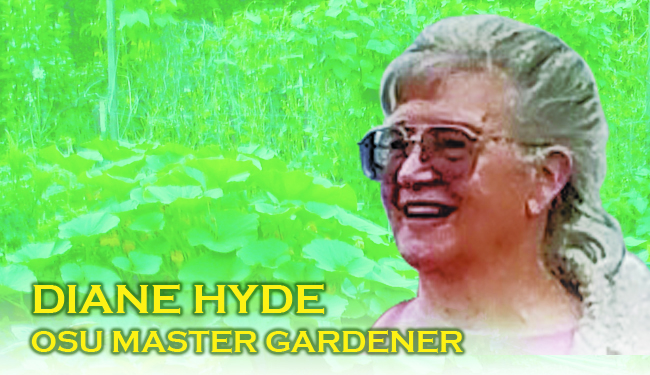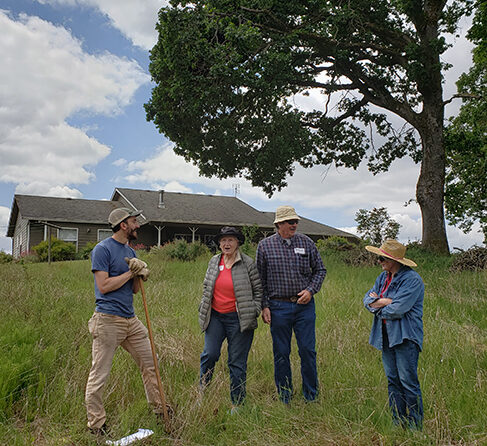
Have you seen the tiny tomato plants in the garden stores? They are a tempting impulse buy for folks longing for sunshine and the taste of fresh home-grown tomatoes, especially plant addicts. But nights are still cold. They have no chance of survival. Anyone who can’t resist is going to have to nurture and care for them, and for the next couple of weeks.
Tomato plants have a low temperature threshold of 50 degree F, which means they won’t continue to develop unless they are kept warm. Keep these baby plants at room temperatures of 65 – 80 degrees F in a sunny window or under lights. Without warmth and light, they will just sit, and will probably be stunted for life. If they are eventually planted after being subjected to cold, wet cloudy conditions they will probably never thrive, or may even rot before summer.
Not only do the plants need to be warm, they also have to be potted up to bigger pots at least two times to have good root systems. When the roots reach the boundaries of the little pot then the plant needs more soil (and a little fertilizer) to provide nutrition and support for growth.
Each time the plant is replanted it should be buried a little deeper. Take off the lower leaves and fill the pot up to the
next lower leaves. Tomatoes have adventurous stems – roots will develop along the buried stem, creating a stronger plant that will grow and produce better.
Someone asked, “Can’t you just put them into a gallon pot right away?”
This will not allow as much root development as burying multiple times.
Provide plenty of water but avoid soggy soil that can cause rot. And while you’re caring for the plants, don’t forget to pet them daily. Be the wind! Wind in the garden gets the plants to respond with stronger stems.
No wind in the house? Use your hand to stroke the tops of the plants and get the stems to thicken up for your attention. Stronger stems, along with better roots, send nutrition to the leaves.
If the small plants develop flower buds it’s probably because a fertilizer high in potassium (the middle number on the fertilizer label) stimulated them.
There is little chance those buds will get pollinated and develop into fruit, so just clip them off until planting time.
The effort to make fruit just pulls en- ergy from the plant before it is mature enough to finish the job.
It looks like we’ll have to wait – maybe until June – to plant tomatoes outside. The soil temperature should be at least 60 degrees F, and at the very least, night temperatures should be 50 degrees F or more. Anything less could cause the plant to hold back, be stunted, or just rot. When selecting tomato seeds or plants, look for those with the shortest days to maturity.
While we wait, EC1333 Grow Your Own Tomatoes and Tomatillos can be read or downloaded at https://catalog. extension.oregonstate.edu. Search “tomatoes” and find publications on tomato diseases, canning and recipes.
EC 1333 includes lists of varieties developed and recommended for our area, including information maturity times. For visual or auditory learners, there are Master Gardener videos on growing tomatoes available at https://clackamascountymastergardeners.org. There are recent webinar recording links and University handouts and videos.
